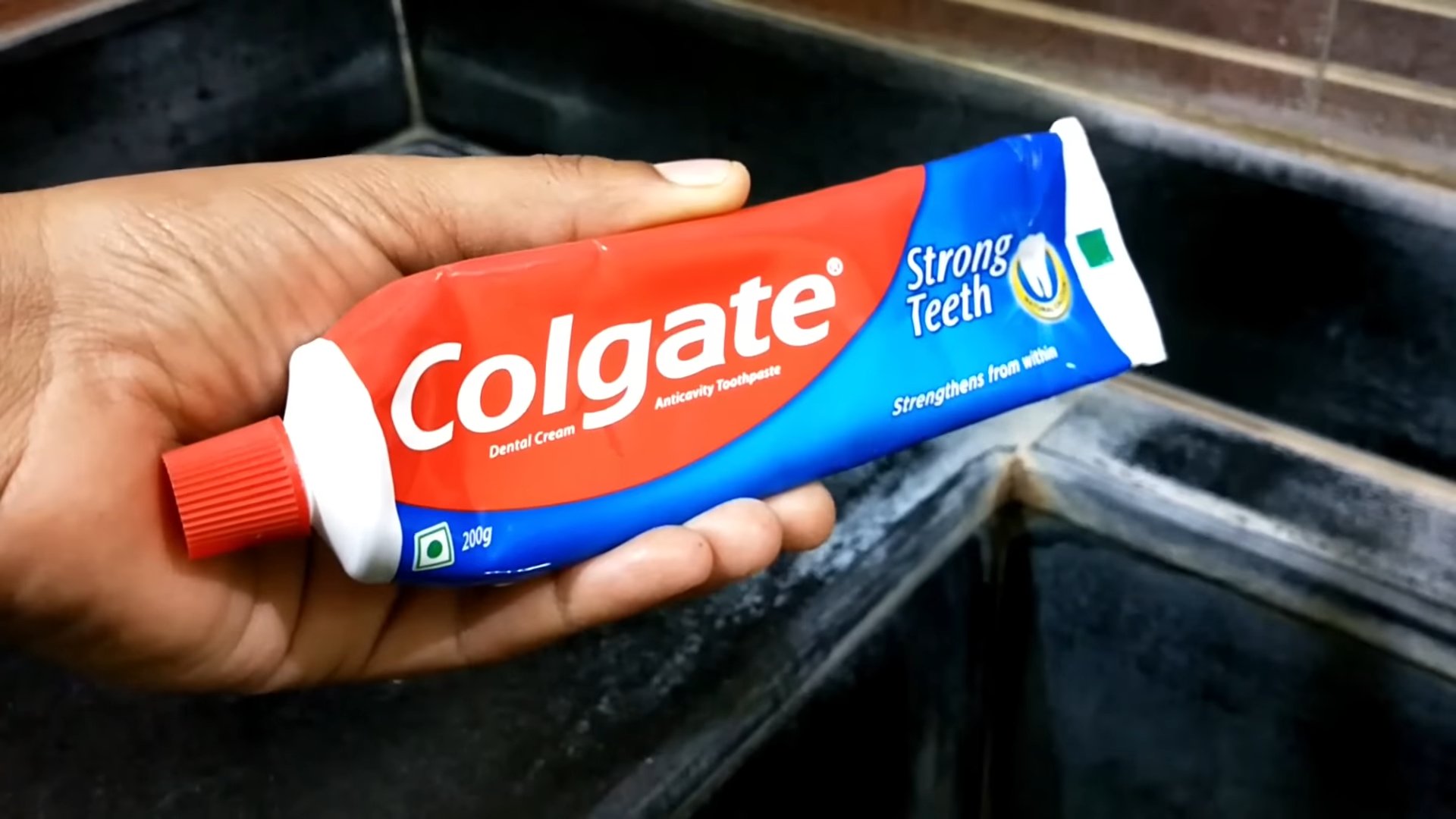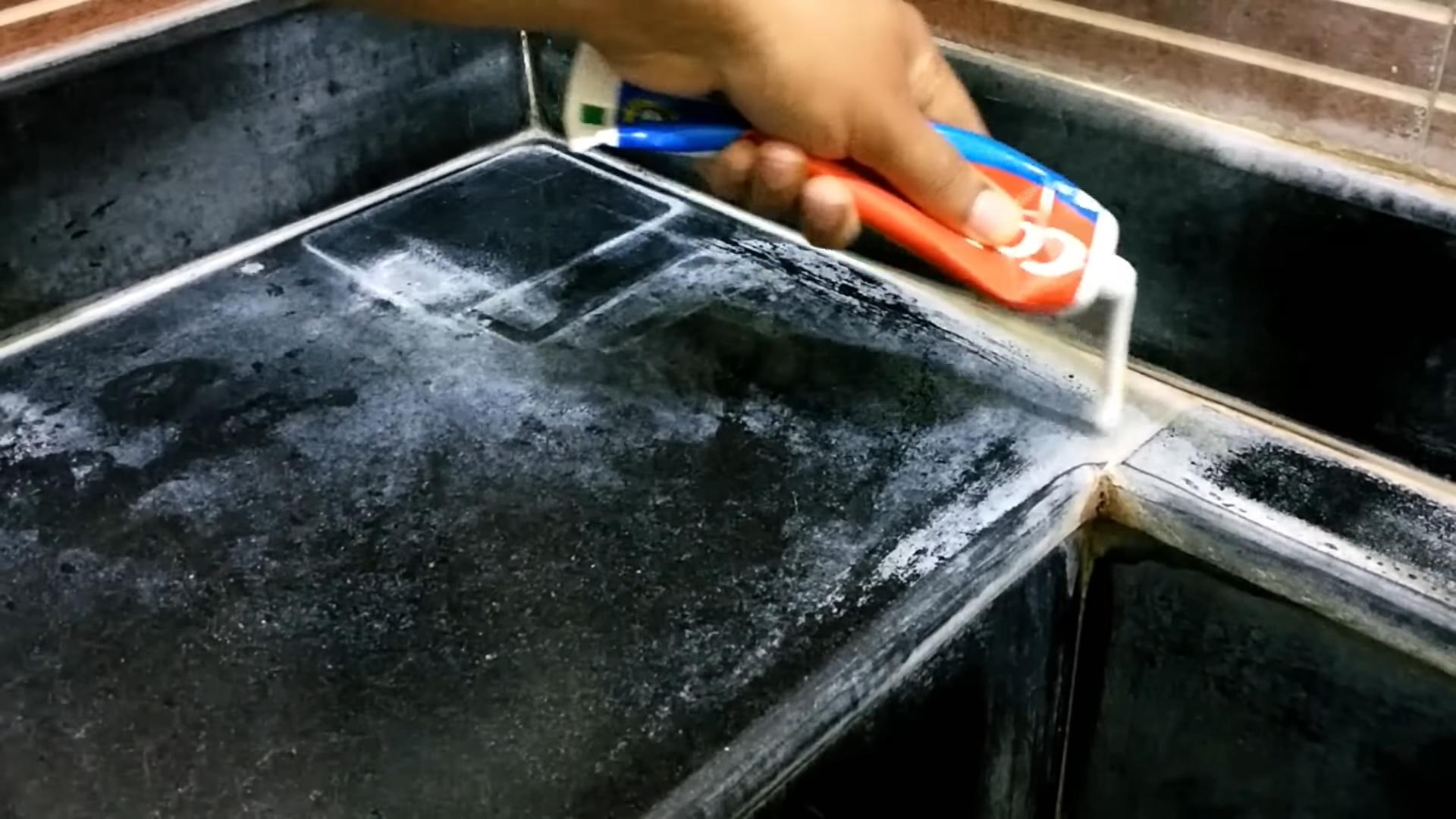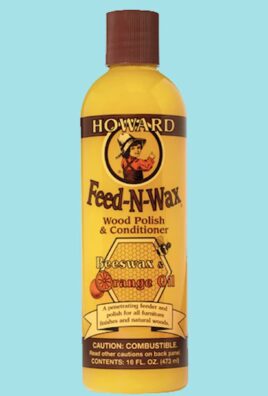Bathroom Stain Removal can feel like a never-ending battle, right? I totally get it! You scrub, you spray, you hope for the best, but those stubborn stains just seem to laugh in the face of your efforts. But what if I told you that you could conquer those unsightly marks with simple, DIY solutions, saving you time, money, and a whole lot of frustration?
For generations, keeping our homes sparkling clean has been a source of pride and a reflection of our care. Think about it – even in ancient civilizations, people used natural remedies to combat dirt and grime. While we’ve come a long way from using just vinegar and baking soda (though those are still amazing!), the desire for a clean and healthy living space remains the same.
That’s why I’m so excited to share these incredible bathroom stain removal tricks and hacks with you. Let’s face it, nobody wants to spend their precious weekends scrubbing away at stubborn stains. These DIY methods are not only effective but also often use ingredients you already have in your pantry. From tackling hard water stains to banishing mildew, these tips will help you reclaim your bathroom and enjoy a sparkling clean space without breaking the bank or resorting to harsh chemicals. Get ready to say goodbye to those pesky stains and hello to a bathroom you’ll truly love!

“`html
DIY Bathroom Stain Removal: Conquer Grime and Restore Sparkle!
Okay, let’s face it, bathroom stains are the bane of every homeowner’s existence. Soap scum, hard water deposits, mildew – it’s a constant battle! But fear not, my friends! I’m here to share my tried-and-true DIY methods for banishing those unsightly stains and restoring your bathroom to its former glory. We’re going to tackle everything from stubborn grout stains to those pesky rings in your toilet bowl. Get ready to roll up your sleeves and get scrubbing!
Understanding Your Enemy: Identifying Common Bathroom Stains
Before we dive into the cleaning frenzy, it’s important to understand what we’re dealing with. Different stains require different approaches, so let’s break down the usual suspects:
* **Soap Scum:** This is the most common culprit, a dull, white film caused by the reaction of soap with hard water minerals. It loves to cling to shower doors, tiles, and faucets.
* **Hard Water Stains:** These appear as chalky white deposits, often around faucets, showerheads, and toilet bowls. They’re caused by minerals like calcium and magnesium in your water.
* **Mold and Mildew:** These thrive in damp environments and appear as black, green, or brown spots, often in grout lines, corners, and around the shower.
* **Rust Stains:** These reddish-brown stains are caused by iron oxide and can appear around metal fixtures or in areas where water drips.
* **Toilet Bowl Stains:** These can range from yellow or brown mineral deposits to dark rings caused by bacteria and algae.
The Arsenal: Gathering Your Cleaning Supplies
Now that we know what we’re fighting, let’s gather our weapons! Here’s a list of essential cleaning supplies you’ll need:
* **White Vinegar:** This is my go-to for tackling hard water stains, soap scum, and mildew. It’s a natural disinfectant and deodorizer, too!
* **Baking Soda:** A gentle abrasive that’s perfect for scrubbing away stubborn stains without scratching surfaces.
* **Hydrogen Peroxide:** A powerful disinfectant and bleaching agent that’s great for killing mold and mildew.
* **Dish Soap:** Helps to cut through grease and grime.
* **Spray Bottles:** For easy application of cleaning solutions.
* **Scrub Brushes:** A variety of brushes, including a grout brush, a toilet bowl brush, and a general-purpose scrub brush.
* **Sponges:** For wiping down surfaces.
* **Microfiber Cloths:** These are great for polishing and leaving surfaces streak-free.
* **Rubber Gloves:** To protect your hands from harsh chemicals and bacteria.
* **Safety Glasses:** To protect your eyes from splashes.
* **Old Toothbrush:** Perfect for getting into those hard-to-reach corners and grout lines.
* **Razor Blade Scraper (optional):** For removing stubborn soap scum or hard water deposits from glass surfaces. Be very careful when using this!
Tackling Soap Scum: A Step-by-Step Guide
Soap scum can make your bathroom look dull and grimy. Here’s how to get rid of it:
1. **Prepare the Vinegar Solution:** In a spray bottle, mix equal parts white vinegar and warm water. For extra cleaning power, you can add a few drops of dish soap.
2. **Spray and Soak:** Generously spray the affected areas with the vinegar solution. Let it sit for at least 15-20 minutes to allow the vinegar to loosen the soap scum. For really tough buildup, you can let it soak for up to an hour.
3. **Scrub, Scrub, Scrub:** Use a scrub brush or sponge to scrub away the loosened soap scum. For stubborn areas, you can sprinkle some baking soda onto the surface and scrub again. The baking soda will act as a gentle abrasive.
4. **Rinse Thoroughly:** Rinse the cleaned areas with warm water to remove any remaining residue.
5. **Dry and Polish:** Use a microfiber cloth to dry and polish the surfaces. This will help prevent water spots and leave your bathroom sparkling.
Conquering Hard Water Stains: Vinegar to the Rescue!
Hard water stains can be a real pain, but vinegar is your best friend here.
1. **Identify the Affected Areas:** Look for chalky white deposits around faucets, showerheads, and toilet bowls.
2. **Soak with Vinegar:** For faucets and showerheads, you can soak them in a bag filled with white vinegar. Secure the bag with a rubber band and let it sit for several hours or overnight. For larger areas like shower walls, spray them with vinegar and let it soak for at least 30 minutes.
3. **Scrub and Rinse:** After soaking, scrub the affected areas with a scrub brush or sponge. For really tough stains, you can use a paste of baking soda and water as an abrasive.
4. **Remove Stubborn Deposits:** If you’re dealing with particularly stubborn deposits on glass surfaces, you can carefully use a razor blade scraper to remove them. Be very gentle and hold the scraper at a shallow angle to avoid scratching the glass.
5. **Rinse and Dry:** Rinse the cleaned areas thoroughly with water and dry them with a microfiber cloth.
Banishing Mold and Mildew: A Powerful Combination
Mold and mildew are not only unsightly but can also be harmful to your health. Here’s how to get rid of them:
1. **Ventilate the Area:** Open windows and turn on the exhaust fan to ensure proper ventilation.
2. **Prepare the Cleaning Solution:** In a spray bottle, mix equal parts hydrogen peroxide and water. You can also use a bleach solution (1 part bleach to 10 parts water), but be sure to wear gloves and eye protection when working with bleach.
3. **Spray and Soak:** Spray the affected areas with the cleaning solution and let it sit for at least 10-15 minutes.
4. **Scrub Thoroughly:** Use a scrub brush or old toothbrush to scrub away the mold and mildew. Pay close attention to grout lines and corners.
5. **Rinse and Dry:** Rinse the cleaned areas with water and dry them thoroughly.
6. **Repeat if Necessary:** For stubborn mold and mildew, you may need to repeat the process.
Eradicating Rust Stains: A Few Different Approaches
Rust stains can be tricky, but here are a few methods that work well:
1. **Lemon Juice and Salt:** This is a natural and effective way to remove rust stains. Sprinkle salt onto the stain and then squeeze lemon juice over it. Let it sit for a few hours, then scrub with a brush and rinse.
2. **Baking Soda Paste:** Mix baking soda with water to form a thick paste. Apply the paste to the rust stain and let it sit for several hours or overnight. Then, scrub with a brush and rinse.
3. **Commercial Rust Remover:** If natural methods don’t work, you can try a commercial rust remover. Be sure to follow the manufacturer’s instructions carefully and wear gloves and eye protection.
Cleaning Toilet Bowl Stains: Restoring the Porcelain Throne
Toilet bowl stains can be embarrassing, but they’re easily tackled with the right approach:
1. **Flush the Toilet:** Flush the toilet to remove any loose debris.
2. **Pour in Vinegar:** Pour a cup of white vinegar into the toilet bowl. Let it sit for several hours or overnight.
3. **Scrub with a Toilet Brush:** Use a toilet brush to scrub the inside of the bowl, paying close attention to the waterline and any stained areas.
4. **Add Baking Soda (Optional):** For stubborn stains, you can add a cup of baking soda to the bowl after the vinegar has soaked. Let it fizz for a few minutes, then scrub again.
5. **Flush Again:** Flush the toilet to rinse away the cleaning solution and any remaining stains.
6. **For Ring Around the Bowl:** For those stubborn rings, try using a pumice stone. Wet the pumice stone and gently rub it against the ring. Be careful not to scratch the porcelain.
Preventing Future Stains: A Proactive Approach
The best way to deal with bathroom stains is to prevent them from forming in the first place. Here are a few tips:
* **Wipe Down Surfaces Regularly:** After each shower, wipe down the shower walls and door with a squeegee or microfiber cloth to remove excess water and prevent soap scum buildup.
* **Ventilate the Bathroom:** Always run the exhaust fan during and after showers to remove moisture and prevent mold and mildew growth.
* **Use a Water Softener:** If you have hard water, consider installing a water softener to reduce mineral deposits.
* **Clean Regularly:** Make it a habit to clean your bathroom at least once a week to prevent stains from becoming too stubborn.
* **Switch to Liquid Soap:** Bar soap tends to contribute more to soap scum buildup than liquid soap.
By following these tips and tricks, you can keep your bathroom sparkling clean and stain-free! Happy cleaning!
“`

Conclusion
So, there you have it! This DIY bathroom stain removal trick is more than just a cleaning hack; it’s a game-changer for anyone who wants a sparkling clean bathroom without resorting to harsh chemicals or spending a fortune on commercial cleaners. We’ve walked you through the simple steps, highlighting how easily accessible ingredients can tackle even the most stubborn stains.
Why is this a must-try? Because it’s effective, affordable, and environmentally conscious. Think about it: you’re likely already stocking vinegar, baking soda, and maybe some essential oils in your home. These are the powerhouses behind this cleaning solution, ready to banish soap scum, hard water stains, and mildew from your shower tiles, grout, toilet bowl, and even your showerhead. No more endless scrubbing with questionable chemicals!
But the beauty of this DIY approach lies in its adaptability. Feel free to experiment with variations to suit your specific needs and preferences. For instance, if you’re dealing with particularly tough stains, consider letting the baking soda paste sit for a longer period – even overnight – before scrubbing. For a more fragrant cleaning experience, add a few drops of your favorite essential oil, such as tea tree (known for its antibacterial properties), lavender (for a calming scent), or lemon (for a fresh, citrusy aroma). You can also use a toothbrush for those hard-to-reach areas like grout lines.
Another variation involves using a slightly abrasive sponge or even an old toothbrush for scrubbing. Just be mindful of the surface you’re cleaning; avoid using abrasive materials on delicate surfaces like acrylic or fiberglass, as they can scratch. For these surfaces, a soft cloth or sponge is your best bet.
And don’t limit this stain removal magic to just your bathroom! This DIY solution can also be used to clean other areas of your home, such as kitchen sinks, countertops, and even outdoor furniture. The versatility of this method is truly remarkable.
We understand that trying new cleaning methods can sometimes feel daunting, but we assure you, this one is worth it. The satisfaction of seeing those stubborn stains disappear before your eyes is incredibly rewarding. Plus, you’ll have the peace of mind knowing that you’re using a safe and natural cleaning solution in your home.
So, what are you waiting for? Gather your ingredients, roll up your sleeves, and give this DIY bathroom stain removal trick a try. We’re confident that you’ll be amazed by the results. And most importantly, we want to hear about your experience! Share your before-and-after photos, tips, and variations in the comments below. Let’s create a community of clean-bathroom enthusiasts who are passionate about natural and effective cleaning solutions. Your feedback will not only help others but also inspire us to continue sharing valuable DIY tips and tricks. Let’s make bathroom cleaning less of a chore and more of a satisfying accomplishment!
Frequently Asked Questions (FAQ)
What exactly makes this DIY bathroom stain removal method so effective?
The effectiveness of this method lies in the synergistic action of its ingredients. Baking soda is a mild abrasive that helps to loosen and lift stains, while vinegar is a natural acid that dissolves mineral deposits and soap scum. When combined, they create a fizzing action that further aids in stain removal. The essential oils, if added, provide additional cleaning and disinfecting properties, as well as a pleasant scent. This combination tackles a wide range of bathroom stains, from hard water buildup to mildew and soap scum.
Is this DIY stain remover safe for all bathroom surfaces?
While this DIY solution is generally safe for most bathroom surfaces, it’s always a good idea to test it in an inconspicuous area first, especially on delicate surfaces like acrylic, fiberglass, or natural stone. Avoid using abrasive scrubbing tools on these surfaces, as they can cause scratches. For these materials, a soft cloth or sponge is recommended. Also, be cautious when using vinegar on grout, as prolonged exposure can potentially damage it. Rinse thoroughly after cleaning.
How often should I use this DIY bathroom stain removal method?
The frequency of use depends on the severity of the staining and your personal preferences. For regular maintenance, you can use this method once a week to prevent buildup. For more stubborn stains, you may need to repeat the process or let the solution sit for a longer period. Regular cleaning will make future stain removal easier and prevent the need for harsh chemicals.
Can I use this method to remove stains from my showerhead?
Yes, this method is excellent for removing mineral deposits from your showerhead. You can either soak the showerhead in a solution of vinegar and water or apply a paste of baking soda and water to the affected areas. Let it sit for a few hours or overnight, then rinse thoroughly. For stubborn deposits, you may need to use a small brush to scrub them away.
What if I don’t have vinegar or baking soda? Are there any alternatives?
While vinegar and baking soda are the key ingredients in this DIY solution, you can try using lemon juice as a substitute for vinegar. Lemon juice is also a natural acid that can help dissolve mineral deposits and soap scum. For baking soda, you can try using a mild dish soap, but it may not be as effective for removing stubborn stains.
The stains in my bathroom are really tough. What can I do to make this method more effective?
For particularly tough stains, try these tips:
* Let the baking soda paste sit for a longer period, even overnight.
* Use a stronger concentration of vinegar in your solution.
* Apply heat to the stained area before cleaning. You can do this by running hot water over the area or using a hairdryer.
* Use a specialized grout brush for cleaning grout lines.
* Repeat the cleaning process multiple times if necessary.
Will this DIY solution remove mold and mildew?
Yes, the vinegar in this solution has antifungal properties that can help kill mold and mildew. However, for severe mold infestations, you may need to use a stronger solution, such as bleach or a commercial mold remover. Always wear gloves and eye protection when dealing with mold, and ensure proper ventilation.
How do I prevent bathroom stains from forming in the first place?
Prevention is key to keeping your bathroom clean and stain-free. Here are some tips:
* Wipe down surfaces after each use to prevent water and soap scum from drying and hardening.
* Ventilate your bathroom properly to reduce humidity and prevent mold growth.
* Use a squeegee to remove water from shower walls and doors after each shower.
* Regularly clean your showerhead and faucets to prevent mineral buildup.
* Consider using a water softener to reduce hard water stains.
Can I add other ingredients to this DIY bathroom stain removal solution?
Yes, you can experiment with adding other ingredients to customize your cleaning solution. Some popular additions include:
* Hydrogen peroxide: For extra stain-fighting power.
* Borax: A natural mineral that can help boost cleaning and disinfecting properties.
* Essential oils: For added fragrance and antibacterial benefits.
Always research the properties of any new ingredient before adding it to your cleaning solution to ensure it’s safe for the surfaces you’re cleaning.
I tried the DIY bathroom stain removal method, but it didn’t work perfectly. What should I do?
Don’t be discouraged! Sometimes, stubborn stains require multiple attempts or a combination of methods. Try repeating the cleaning process, letting the solution sit for a longer period, or using a stronger concentration of ingredients. If the stains persist, consider consulting a professional cleaning service for assistance. Remember, even the most effective cleaning methods may not completely eliminate all stains, especially those that have been present for a long time.





Leave a Comment